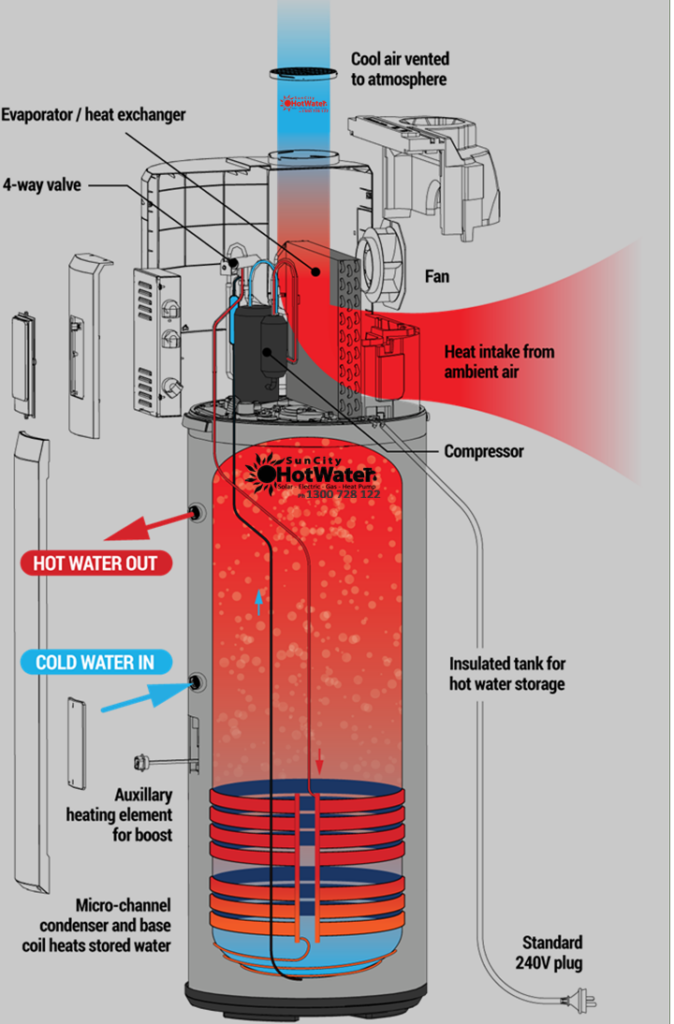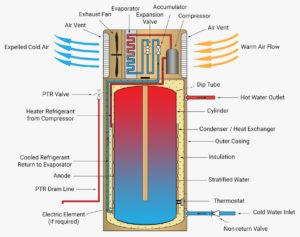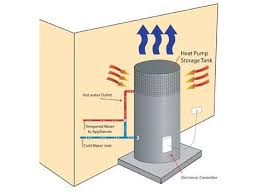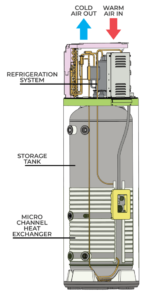Caboolture Hot Water describes how heat pumps heat water using a sequence of stages that make them very energy-efficient.
First, a liquid refrigerant travels through an evaporator where it draws heat from the surrounding air and vaporises into a gas. Next, an electric compressor compresses that gas, increasing its temperature so it becomes hotter than the water in the tank. The heated gas then passes through a condenser, where it gives up its heat to the water and condenses back into a liquid. That liquid continues through an expansion valve where its pressure is lowered, cooling it so it can return to the evaporator and begin the cycle again.
Electricity powers the compressor and the fan, but unlike a conventional electric hot water system that directly heats water, a heat pump moves heat from the air into the water. Because it transfers heat rather than generating it, a heat pump delivers far more thermal energy for each unit of electricity used. Performance varies with outside air temperature: when ambient air is warmer than the refrigerant, heat transfer is efficient; in colder conditions the process is less effective, although many modern units are designed to work in sub-zero temperatures. In some situations they can be installed indoors — for example in large, well-ventilated garages.
To keep the evaporator absorbing heat effectively, a constant supply of fresh air is required. An internal fan circulates air and expels the cooled air back outside.
There are two common configurations of heat pump water heaters. Integrated (or compact) models house the compressor and storage tank in a single unit. Split systems separate the tank and compressor, like a split air conditioner, linking them with refrigerant lines.
Caboolture Hot Water can assist with selection, installation and repairs of heat pump hot water systems, and provides expert advice on gas and electric options for Caboolture plumbers and homeowners.






